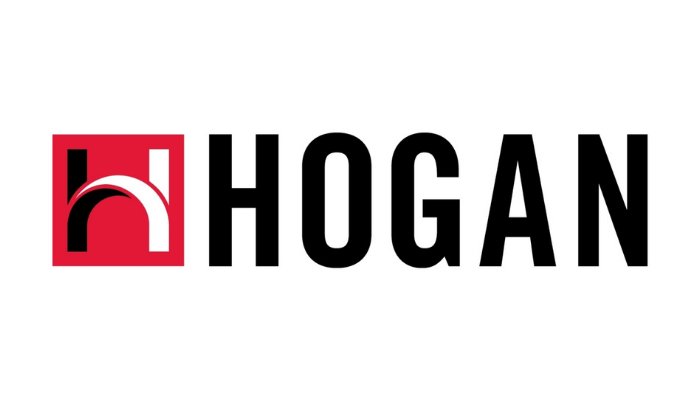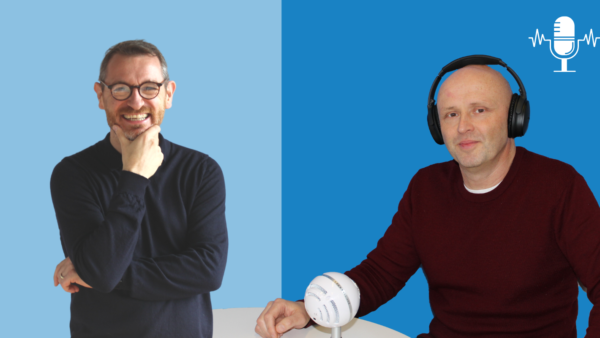What is Hogan? Why is it so popular?
The Hogan suite of psychometrics is very widely used in organisations across the world. The best known tools in the Hogan portfolio are what Hogan call their ‘bright side’ profiler (Hogan Personality Indicator or HPI) and their ‘dark side’ profiler (Hogan Development Survey or HDS).
What makes the Hogan tools popular? Firstly, they are well researched…they have achieved the British Psychological Society test registration certification, which is fairly rare for a US company to try and attain. So you can trust the tools to measure and predict accurately.
Secondly, they can be used in both recruitment and development contexts and work well in each.
Another reason for the success of Hogan is, I think, their ‘dark side’ tool. It’s quite gutsy to come to market with something that claims to be able to shine a light on the extent to which someone might be exhibiting certain psychological pathologies (at least that’s the original basis of the model) and it’s particularly sought after I’ve found in executive recruitment where the consequences of a poor hiring decision are that much higher.
Finally, they’ve been around since 1987 which is a chunk of time and as we know, time served in the psychometrics industry really does count. People feel that if a tool or model sticks around, it’s easier to trust. And while that’s not a particularly scientific benchmark to use to make decisions about using assessments (there are some not so great tools out there that have been around a very long time), there’s definitely some truth to it.
So Hogan is usable, useful, it works and it goes to some places that other tools and assessment companies haven’t or won’t.
What does Hogan do well? And are there any shortcomings?
Hogan I think is pretty no nonsense, down the line in general. It delivers business-focused personality profiling and does it accurately and in a fairly user-friendly well. There are also quite a few reports available for most of their core tools. While the breadth of report options can be a bit daunting initially, it’s valuable because it allows the tools to be used in different contexts.
I’ve mentioned already about the dark side tool being quite unusual in that it goes to some pretty challenging places. And that’s challenging both for the person whose report it is as well as for the expert giving feedback and exploring the report with them. I wouldn’t say that that’s a shortcoming exactly, but the level of expertise needed for the Hogan tools generally is pretty high, because they’re well-researched, comprehensive and scientific in their approach. There aren’t any shortcuts with Hogan.
Can Strengthscope do more than Hogan can do alone? The evidence so far
There are two ways (at least) to look at whether two psychometric profilers can add value one to the other or whether they’re too similar to really be helpful. The first is statistically, scientifically and the second is in practical terms.
When we took Strengthscope through the British Psychological Society test registration process, one of the sets of evidence the BPS ask for was the relationship between our model and tool and the ones that have already been established for a while. In carrying out this work, we selected two of the Hogan tools to compare Strengthscope with. And that turned up some really interesting results.
The full results are available in our technical manual on request and they’re pretty technical because, well, it’s our technical manual. But we were keen to understand how Strengthscope relates to HPI (that’s the Hogan Personality Inventory) because our view was that the strengths approach and Strengthscope are measuring something different from traditional approaches to measuring personality, of which HPI is one. We were also keen to see how and whether our strengths in overdrive and/or drainers concepts were similar in practice to Hogan’s idea of personality derailers that can lead to unintended consequences. The two tools come from different philosophies so we were sceptical that there would be too much overlap but we knew the data would tell us one way or another. So we were also interested to see results comparing Strengthscope and HDS, the dark side profiler.
What we found was very reassuring. Strengthscope is very definitely measuring something different and more than personality. In fact 10 of our 24 strengths didn’t relate at all to any of the personality factors in HPI and those that did were only modestly related. So our conclusion on that was that Strengthscope measures something different from, and more than, personality.
On the relationship with HDS (the dark side derailer assessment), again statistical relationships with Strengthscope strengths were pretty modest. The other important thing that we found is that HDS doesn’t measure strengths in overdrive, probably because strengths is a positive psychology concept and HDS measures psychopathological tendencies – so they’re from very different worlds. What we did find is that our strengths of Persuasiveness, Enthusiasm and Detail orientation were interestingly the most likely to be related to HDS derailers. Less so, the rest, again supporting the idea that the two tools are measuring something useful but different.
Now onto the non-statistical way of looking at how two tools relate. The practical way. So now things get really interesting. What we’ve found over around a decade of practice using various different combinations of tools is that, in particular, Strengthscope plus HPI can really open up a great conversation around a person’s drivers, motives and energisers from Strengthscope, which then can show up in part as HPI personality characteristics. And even more helpfully, Strengthscope plus HDS can allow an easy entry point into quite sensitive discussions around someone’s derailers, even in a high stakes environment like executive recruitment.
Let me focus in for a second on the second of those. Now I’ve used HDS alone in exec recruitment and development contexts. And I’ve used it alongside Strengthscope. And the quality of both sets of conversations is just so different. I’ve reflected on why over the years I’ve been combining them and here’s my theory: when you start a conversation with strengths, you are affirming people for having qualities that drive value and which are important to them personally. Once you move from there into the overdrive risk conversation, with someone saying that yes, they sometimes sense that their Enthusiasm can be overwhelming to others or that their Detail orientation can be seen as pedantic and perfectionistic, when you get into the more challenging conversation around HDS derailers, people are just willing to own those risks. All of them. First time.
TBH, it’s never ceased to amaze me. Here we are in, say, an exec recruitment situation with me being an interviewer that’s going to make recommendations to a selection panel. And candidates so often when I lead with Strengthscope will just accept the whole Hogan dark side report, including all the risk aspects. That just stuns me because a lot of what’s in HDS is really hard-hitting. But anyway, that’s what I’ve found.
So in summary, the combo of strengths to start and HPI and/or HDS to follow on I have found incredibly powerful to get to a level of discussion and ownership for clients that I haven’t seen with other combinations.
How to guide a client on Strengthscope vs Hogan or Strengthscope + Hogan
To finish up then, I wanted to give you my quickfire guide on when to pick Hogan or Strengthscope or a combo of the two.
- When your focus is simply to confirm someone’s personality preferences and associated behaviours without much around motivation or what drives behaviour, the Hogan Personality Inventory is a solid choice. There are other broadband personality measures like SHL’s OPQ, Facet 5 and any Big 5 variant like NEO but if you like the business-focused Hogan language and labels, it’s a solid tool.
- When you want to understand what drives, energises and motivates people and also where those energies may show up as risks, Strengthscope can definitely be used alone as way of getting an understanding of more than just personality, but the drivers of personality.
- When you want to get to derailers, my strong recommend is to start on a strengths footing, move to strengths in overdrive risks and drainer areas (where you don’t have a strength or energy for something) and THEN move to the Hogan Development Survey. That, for me, has been such a powerful combo as I’ve mentioned that it’s my super strong recommend.
That’s it for this week, keen to hear your stories of what’s worked for you when using Strengthscope in combination with other tools or just using other tools alone. Any tips, thoughts, recommendations that you may have, please drop them to me or the Strengthscope team on LinkedIn and we’ll pick them up on a future podcast. Till next time, stay strong.











